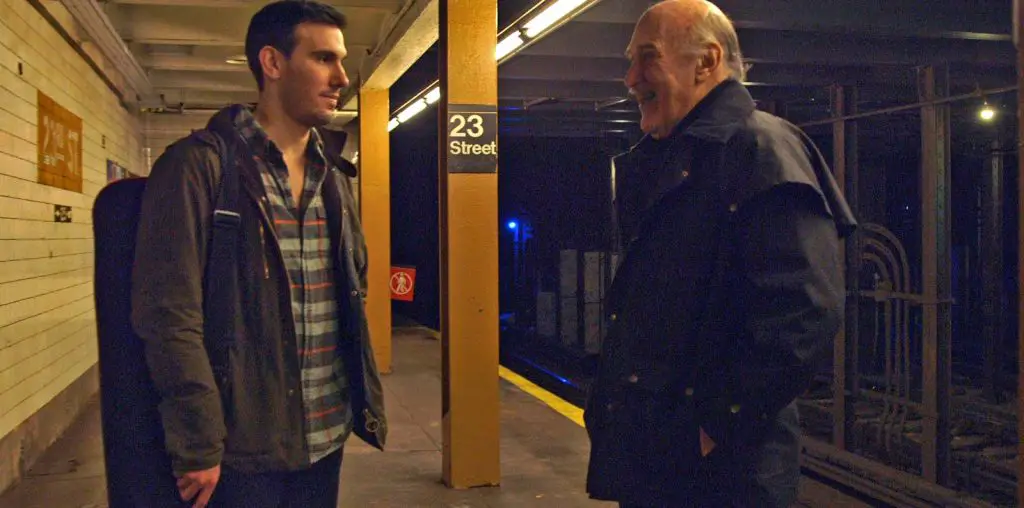
This beautiful film intersperses Smith’s sophisticated choreography of simple jumps, walks, runs, and exchanges of weight, performed by 5 young women, with ballroom dancing diagrams, air transportation charts, and images of Amelia Earhart and other women from the early days of mechanical flight. The soundtrack mixes Marlene Dietrich with the drone of prop planes, soundbites from Earhart on the role of women in aviation, and occasional sync sound sequences which allow us to hear the heavy thud of the dancers’ weighted jumps.
The film addresses gender in an elliptical, poetic manner. Undoubtedly, many more young women choose to study dance than aviation, but the film makes clear that both pursuits demand serious, committed work and the ability to gain control over the basic physics of motion. The images reminded me of a conversation I had with a friend of mine in college, in which I asked her how her life would be different if she had been born male. “Not very different,” she said, “except I might have been an animal behavior scientist instead of a choreographer.” In her mind these two concerns were closely linked; indeed, in subsequent years she has become a noted choreographer whose work is inspired by bird migration patterns. Yet these two different life choices would have made enormous differences in her income, social status, and ultimately her worldview. The women in Smith’s choreographic world of straight arm tilts and banking turns look like potential aviatrixes who have been piloted into the dance studio.
Dietrich’s “Falling in Love Again” creates an ironic counterpoint. Even as the diva protests her helplessness in the hands of a man, she remains an icon of crossdressing nonconformism. Midway through the film, the dancers apply lipstick and trade in their men’s white shirts for pretty pink ballet practice skirts (not that their movement becomes any more balletic). Which is more transgressive, a rather butch woman in ballet clothes, or a glamorous, feminine woman in a tuxedo, or flying an airplane?
The dance sequences are filmed in what are clearly dance studios in an academic setting, with the lighting instruments in plain view. Beebe frames the movement beautifully, creating dynamic compositions of light, space, and movement. The always static camera serves to flatten the dance sections, relating them to the dance diagrams with their faceless figures and disembodied footprints. These diagrams, by contrast, are animated with a whirling motion which effectively creates a sensation of turbulence and flight. In one highly effective sequence, Beebe superimposes images of the dancers simply walking towards and away from the camera, creating a complex and interesting visual rhythm.
One small quibble I have with the film is with Beebe’s use of traditional editing cuts in the choreographed sections. The point of view jumps, mid-action, from one angle to another (as in narrative film). This gives the viewer the feeling that the choreography exists independently of the film, almost as if it were a piece choreographed for the stage which is being appropriated into a film. Smith’s overuse of large movements (suitable for the stage) and her under use of tiny intimate movements (suitable for the camera) adds to this mistaken impression. These choices work subtly to undermine the film’s overall strategy of abstraction and of choreography and cinematography working together to create a visual, poetic statement.
The ballroom diagrams, with their faceless figures of Man and Woman, are an example of an abstraction which is intended to delineate a sexual hierarchy. By contrast, the dancers, young women with baby d**e haircuts, are obviously unafraid of crossing gender boundaries, and they seem to feel a kinship with Earhart and her early attempts to literally raise the status of women. The final sequence, in which a circle of dancers cross fades into a group photo of the Women’s Air Corps posed around a plane, is exemplary of this film’s poetic, evocative power.

